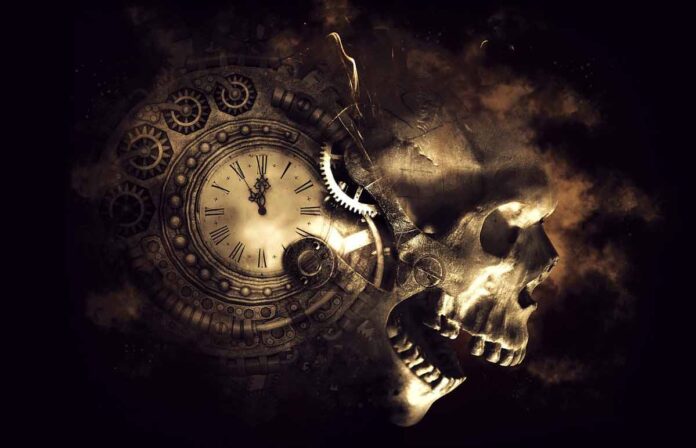In a quiet room in Chicago, 17-year-old Maya Joshi examines a post-mortuary cranial CT scan. After she uploads the scan into her online database, Maya runs it into a computer algorithm. Precious features within each scan hold clues to the chronological age, or age at death, of each individual she is studying. Maya is using an algorithm that she developed to estimate the age of skulls, which could help lead to the identification of missing persons and the classification of archeological specimens.
“I’m excited about the idea of combining distinct fields to develop a new solution with forensic and archeological applications,” Maya said. “There are so many factors that can make the age at the time of death very difficult to figure out. I’m curious about what conclusions my research can lead to, including forensic identification of human remains.”
While most individuals’ ages at death are recorded, there are 4,400 unidentified individuals in the United States each year, and over 1,000 individuals remain unidentified one year later, according to the National Institutes of Justice.
In biological archaeology, age estimation allows us to draw demographic conclusions about past populations. Specifically, analyzing chronological age trends across time periods and geographical regions can provide insight into the evolution of health and demography for human groups across space and time. While various changes in bone morphology (e.g., Pubic symphysis, sternal rib end, dental development) are correlated with age, analysis of these variables generally relies on visual scales, phases, or stages based on typological descriptors. The subjective nature of visual assessment can decrease the accuracy of analyses.
Taking inspiration from a summer experience at an archeological dig site, Maya decided to approach the difficulty of age estimation from a computational lens. Maya set out to find skeletal image data and develop a method to estimate age objectively and efficiently by combining multiple skeletal factors. Almost 10 months into her project, Maya has managed to train a neural network to predict the age of individuals based on cranial CT scans.
Maya’s algorithm takes in an input of a CT scan and outputs a predicted age range. The algorithm then outputs a probability that the scan falls within the age range, as well as an image that shows what parts of the CT scan were analyzed for the age prediction.
While Maya is currently a rising senior in high school, she began her journey in anthropology a few years ago by developing a 200-page binder containing handwritten, typed information, images, and physical samples about fossils for a school competition. Her fascination with fossils led her to participate in an archeological field school, in 2021, through the Center for American Archaeology. Later that fall, she took a human origins course with City Colleges of Chicago and is currently enrolled in a cultural anthropology course at Northwestern University for the summer 2022 quarter.
Maya’s age-at-death estimation project is ongoing and she is collaborating with a professor at Boston University to submit a paper to a scientific journal. She has presented her research at the Regeneron International Science and Engineering Fair, the world’s largest pre-college STEM competition. She hopes to find more data, improve her model, and develop a graphic user interface where forensic scientists can use her model to make age estimations from skeletal images. She plans to apply and adjust her model to different archeological populations and is in the process of collaborating with researchers in Tel Aviv, Israel.
If Maya’s tool is successfully optimized and implemented within anthropology and archeology, it could help improve the efficiency of age estimation and forensic identification of human remains. Such a tool could one day help draw valuable conclusions about ancient populations and help address the backlog of unidentified bodies around the world.
This is not the first time that Maya has been recognized for her hard work and innovation. A few years ago, at the beginning of the pandemic, Maya started a volunteer nonprofit organization, Lifting Hearts with the Arts, which connects seniors and youth (high school and college students) with an emphasis on mutual intergenerational learning. Maya’s model connects participants together based on shared interests to build long-lasting friendships and to engage in group activities, such as google earth tours, trivia games, and even never have I ever bingo. They have since held over 4,000 virtual and in-person meetings in 7 state chapters and raised over $9,000 for art supplies and technology donations.

